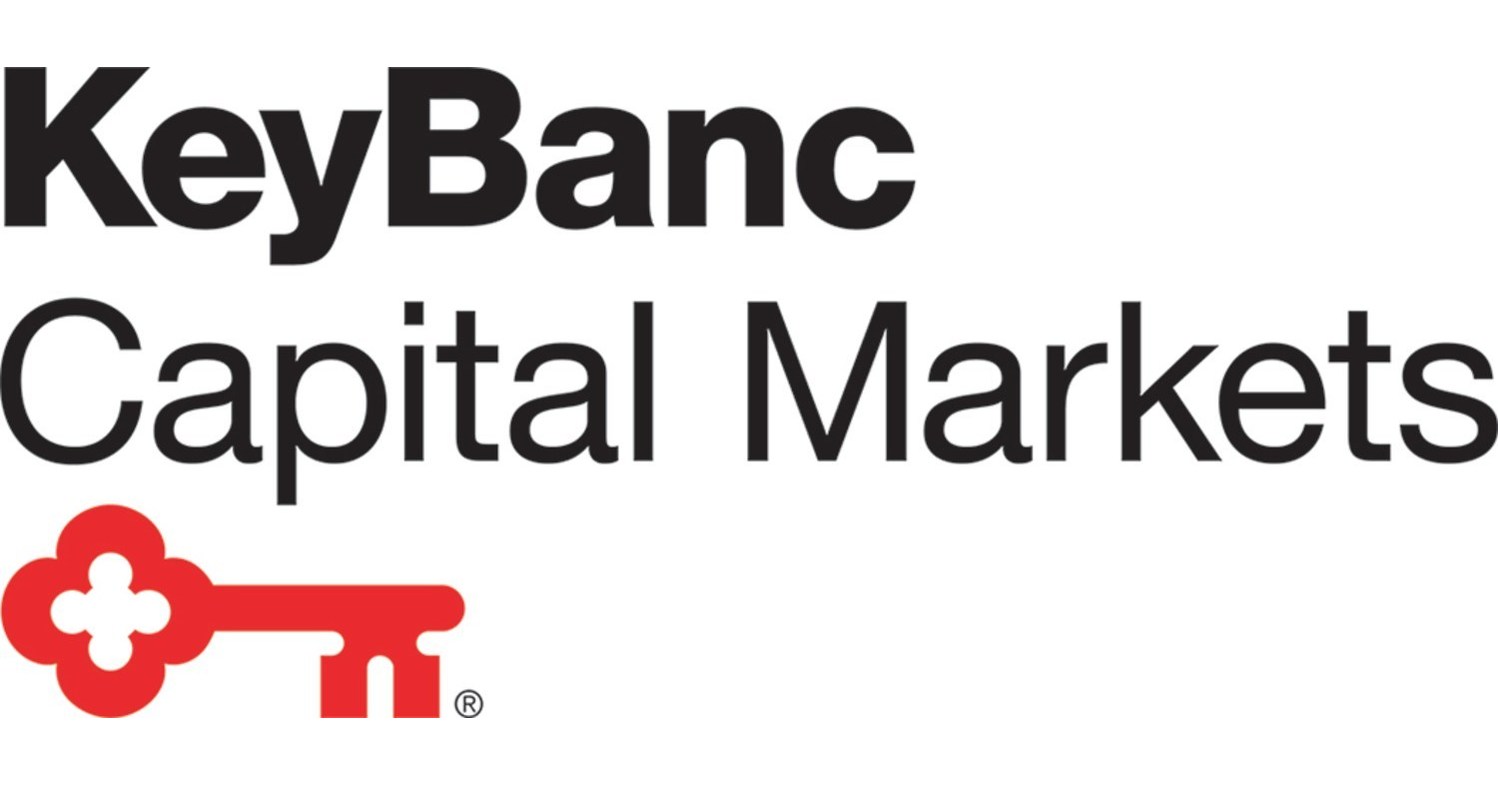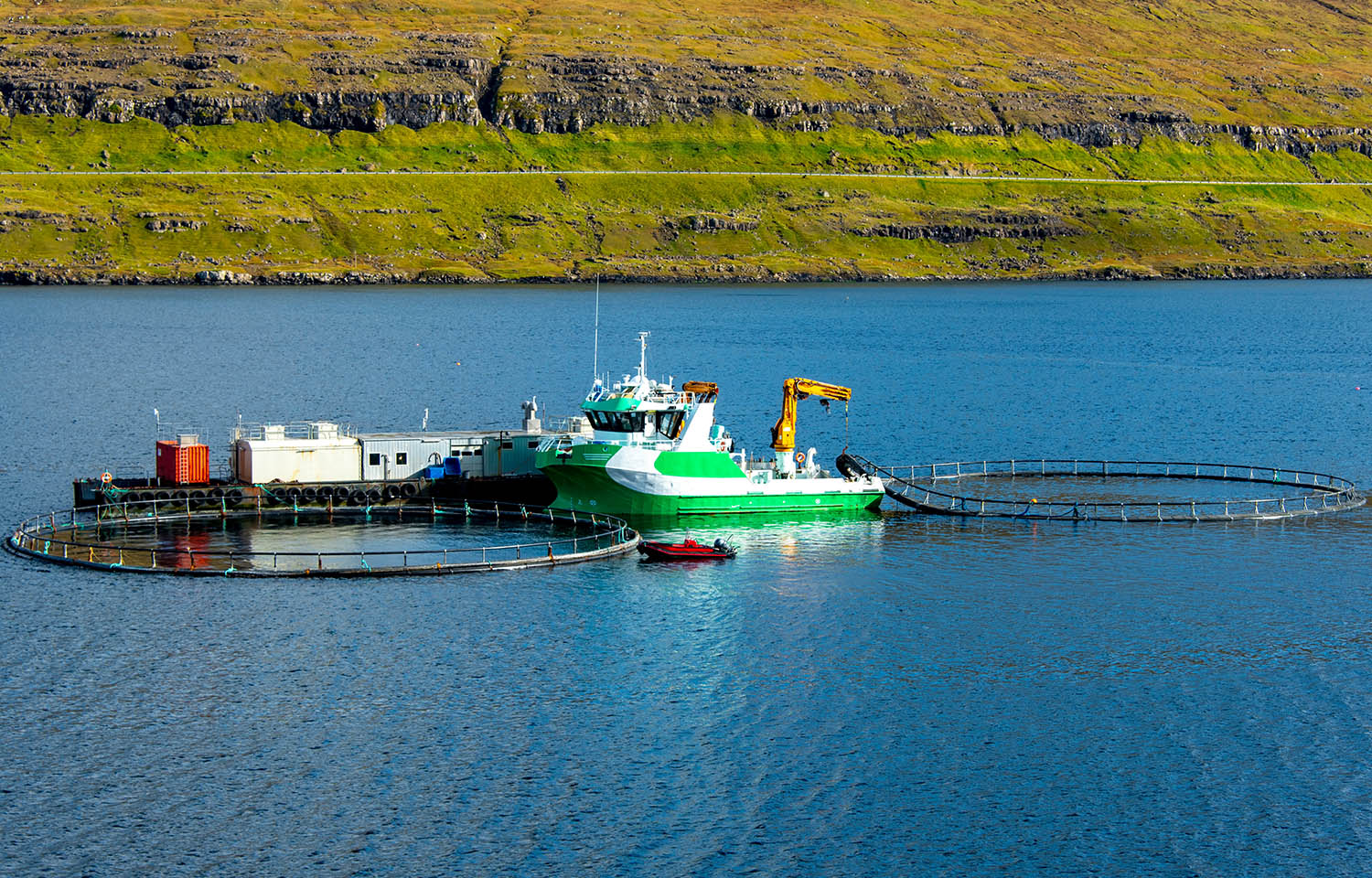Though Faroe Islands-headquartered salmon-farming firm Bakkafrost recorded an increased harvest in the third quarter of this year, the firm reported drops in EBIT and operating revenue, largely due to high global supply and subsequent weak prices.
“Calm seas never made a skilled sailor,” Bakkafrost CEO Regin Jacobsen said of his firm’s performance while delivering the company’s Q3 results.
According to Bakkafrost’s Q3 report, the firm harvested 30,678 gutted weight tons (GWT) of salmon in the three-month period, which was 3,649 GWT more than a year previously. Its Faroe Islands farming segment (Farming FO) accounted for 25,392 GWT, compared to 21,618 GWT in Q3 2024, while its Scottish farming segment (Farming SCT) harvested 5,286 GWT, compared to 5,411 GWT a year previously.
The period brought an “outstanding, best ever recorded” biological performance in the Faroe Islands and stable biology at most of its Scottish farming sites, except for Bakkafrost’s Portree site, which experienced a September disease outbreak, Jacobsen confirmed. The company’s Scottish operations also continued to experience falling farming costs – down 14 percent year over year in the quarter following a 12 percent reduction in Q2.
“After several challenging years, Bakkafrost Scotland is now in a phase where we feel that in the freshwater, we are more in control, so we will shift from stabilization to sustainable growth. The Scottish business will continue to replicate the integrated Faroese model with full value chain control, strong biosecurity, and sustainable growth,” Jacobsen said. “The long-term goal is to build a resilient, competitive Scottish salmon operation capable of producing premium, large fish with high biological stability and profitability, fully aligned with Bakkafrost’s mission to produce the best salmon in the world – sustainably and responsibly.”
Even with a larger harvest, the company posted total operating EBIT of DKK 22 million (USD 3.4 million, EUR 2.9 million), which was down from the DKK 173 million (USD 26.6 million, EUR 23.2 million) reported for the corresponding period of 2024. Operating revenues, meanwhile, fell DKK 51 million (USD 7.9 million, EUR 6.8 million) to DKK 1.69 billion (USD 260.2 million, EUR 226.4 million), but the firm’s profits after tax spiked DKK 193 million (USD 29.7 million, EUR 25.9 million) to DKK 77 million (USD 11.9 million, EUR 10.3 million).
The firm attributed the drops in earnings and revenue to weak salmon market prices and a high global supply driven by substantial volume increases from several regions, including Norway and Chile.
Jacobsen said the global supply is expected to continue at this same level in Q4, and for the full year 2025, this is expected to be around 9 percent higher than last year.
Looking ahead, supplies will tighten back up, and there will be improved market balance, he said, highlighting that the volumes produced in Norway have slowed due to biological challenges and maximum allowed biomass (MAB) restrictions
Elsewhere in the firm’s report, Bakkafrost highlighted that its Farming FO operational EBIT was DKK 83 million (USD 12.8 million, EUR 11.1 million), compared with DKK 84 million (USD 12.9 million, EUR 11.3 million) in Q3 2024. Farming SCT’s operational EBIT slipped DKK 32 million (USD 4.9 million, EUR 4.3 million) to DKK -38 million (USD -5.8 million, EUR -5.1 million).
Bakkafrost’s Services segment recorded an operational EBIT per kilogram in Q3 of DKK 1.25 (USD 0.19, EUR 0.17), which was up from DKK 0.70 (USD 0.11, EUR 0.09) previously. The segment’s operational EBIT doubled to DKK 38 million (USD 5.8 million, EUR 5.1 million), while its revenues climbed DKK 15 million (USD 2.3 million, EUR 2 million) to DKK 252 million (USD 38.8 million, EUR 33.8 million).
Also in Q3 2025, the firm’s Fishmeal, Oil, and Feed (FOF) segment achieved revenues of DKK 759 million (USD 116.8 million, EUR 101.7 million) – a DKK 19 million (USD 2.9 million, EUR 2.5 million) increase on the corresponding period of last year. Its EBITDA fell DKK 57 million (USD 8.8 million, EUR 76.6 million) to DKK 97 million (USD 14.9 million, EUR 13 million). It sourced 39,940 metric tons (MT) of raw materials, down from last year’s 40,134 MT, while fish feed sales amounted to 49,087 MT, which was up from 41,513 MT.
For 2026, Bakkafrost is expecting lower production volumes of fishmeal and fish oil – as has been the case this year. It is also projecting the feed production at Havsbrún to be around 155,000 MT in 2026, with most sold internally to its Faroese and Scottish Farming segments.
For the full year of 2025, Bakkafrost expects to harvest around 104,000 GWT of salmon, with 82,000 GWT produced in the Faroes and 22,000 MT in Scotland. Next year, the expected total harvest is 112,000 GWT, with 92,000 GWT from the Faroes and 20,000 GWT from Scotland. Its longer-term plan is to harvest 162,000 GWT by 2030.
link







More Stories
Best Small Business Loans: $2K – $5 Million
Henry Harrison Launches Season 5 of “Entrepreneurs, Business & Finance Podcast”
Oklo Publishes Third Quarter 2025 Financial Results and Business Update